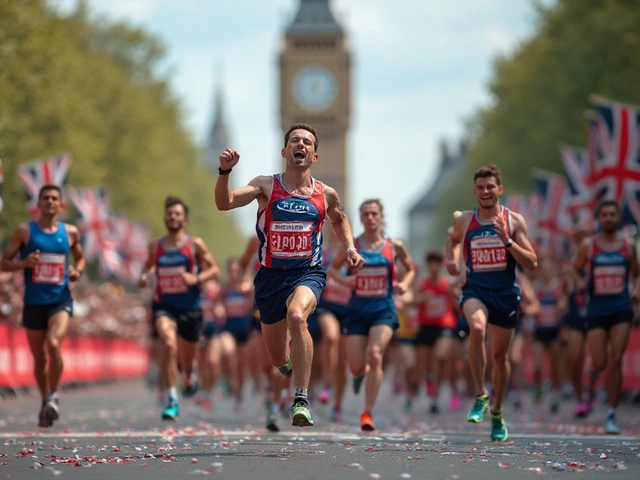Detraining: What Happens When You Stop Training
When dealing with detraining, the gradual loss of fitness that happens when you pause regular workouts. Also called fitness decay, it affects training adaptation and muscle recovery processes. In plain terms, detraining is the flip side of training gains – the body starts to roll back improvements in endurance, strength, and flexibility the longer you stay idle.
Why does detraining happen? Think of your body as a smart system that constantly balances stress and rest. When you consistently challenge it, training adaptation kicks in: heart and lung capacity rise, muscle fibers get stronger, and metabolic pathways become more efficient. Remove that stimulus, and the system decides the extra capacity isn’t worth the energy cost, so it down‑regulates. This leads to lower VO₂max, reduced muscle cross‑section, and slower neuromuscular firing – all classic signs of detraining. Overtraining can accelerate the process because the body is already fatigued; a short break after an over‑reached phase can feel like a steep decline. Conversely, smart recovery strategies, like light activity or active rest, can slow the decay, keeping the core adaptations alive while you heal.
Managing Detraining and Keeping Fitness on Track
Knowing that detraining is inevitable helps you plan. The first rule is to keep some level of movement – even a 20‑minute walk or a light‑intensity bike ride can signal the body that you’re still active, preserving cardiovascular tone. Second, focus on nutrition and sleep; proper protein intake and deep rest support muscle recovery and reduce the speed of loss. Third, when you’re ready to jump back, use a gradual ramp‑up rather than a full‑blast session; this respects the remaining adaptations and avoids injury. Finally, track key metrics – heart‑rate recovery, perceived effort, or simple strength tests – to spot early signs of decay and adjust your mini‑recovery plan accordingly.
Below you’ll find a collection of articles that break down these ideas further. From marathon‑specific detraining effects to everyday fitness maintenance tips, the posts cover real‑world scenarios, practical checklists, and evidence‑backed advice. Dive in to see how you can turn the inevitable downtime into a smart part of your overall training cycle.
How Quickly Do You Lose Fitness After a Marathon?
Wondering how fast your fitness drops off after crossing that marathon finish line? This article breaks down exactly what happens to your stamina, muscle strength, and overall conditioning in the days and weeks that follow a race. Learn what science says about detraining, why your body responds the way it does, and what you can do to hold onto those hard-earned gains. Packed with realistic advice and clear timelines, this guide helps you keep momentum after your next marathon.





